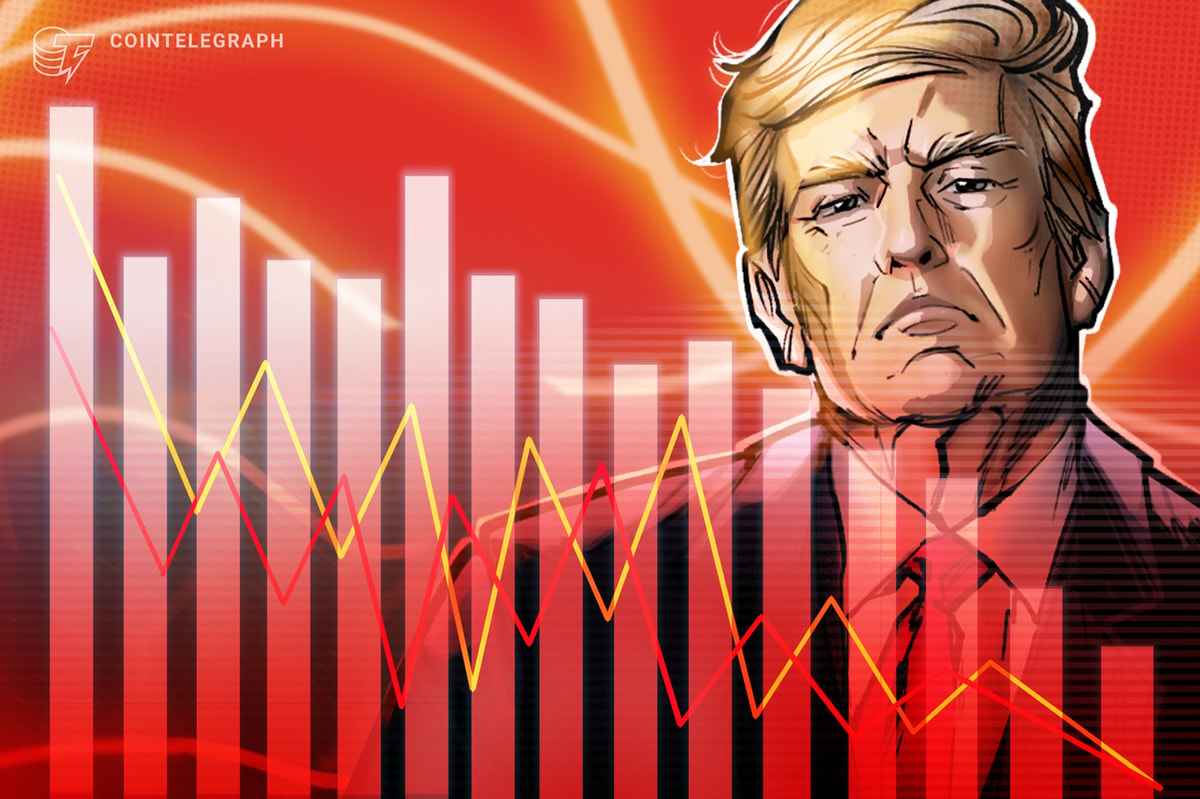Jeremy King, the international director of PCI Security Standards Council, laid out five major trends in payments in 2017 to look out for. Four of the five trends revealed by King involved Blockchain technology, with Internet of Things (IoT), Blockchain payments, tokenization and encryption included as major trends for next year.
Tokenization, Encryption, Blockchain Payments, IoT
According to King, five major trends will dominate the payment industry in 2017. The five trends are IoT, Blockchain, tokenization, encryption and mobile payments, all of which seems to involve Blockchain technology both directly and indirectly.
Encryption, Blockchain payments and IoT are three of the most obvious payment applications that will most likely heavily depend on Bitcoin’s underlying technology. Currently, there is a small range of applications or technologies that ensure strong encryption of financial data. Also, most IoT networks are beginning to be powered by Blockchain platforms due to their transparency, unprecedented security measures and real-time data settlement.
King particularly pointed out that large-scale financial networks that hold private information and important financial data of users are like “honeypots” for criminals, as they can use the identities and credit information for various criminal uses.
To avoid any instances of data theft, King notes that point-to-point encryption (P2PE) must be adopted by credit card and bank service providers.
King stated:
“As cybercriminals continue to target the ecosystem, more and more merchants are investing in point-to-point encryption (P2PE) to maintain the integrity of payment transactions and secure the card data.”
However, a more practical and realistic method of protecting data is eliminating the necessity to hold, to begin with. Credit card networks and banks are required by KYC regulations and money transmission policies to store and submit user data to law enforcement.
Blockchain-based systems or digital currencies like Bitcoin, however, are not, and thus they eliminate the possibility of personal or financial data completely.
Also, as King emphasized, tokenization is a technically complex but necessary method for credit card networks to provide each cardholder with a serial number. That way, since each credit card has its own token or a serial number, thieves won’t be able to make payments on behalf of users.
Again, the Blockchain technology eliminates the necessity of tokenization as each wallet has its own set of public and private keys. Unless the wallet information or Bitcoin are accessed by a third party wallet service provider, hackers won’t be able to gain access to wallets even if they successfully hack into a wallet platform.
Mobile payments
Lastly, King notes that 2017 will be the year of mobile payments. An increasing number of millennials are relying on their mobile phones to settle payments and send peer-to-peer transactions over messaging applications.
As mobile commerce grows, King believes that consumers will prefer to use cloud-based apps to make payments directly from their mobile phones.
“The new connected consumer will prefer merchants which leverage cloud-based apps to enable payments when one is inside the store and use them increasingly to pay things that they want to buy before they even step inside,” said King.











